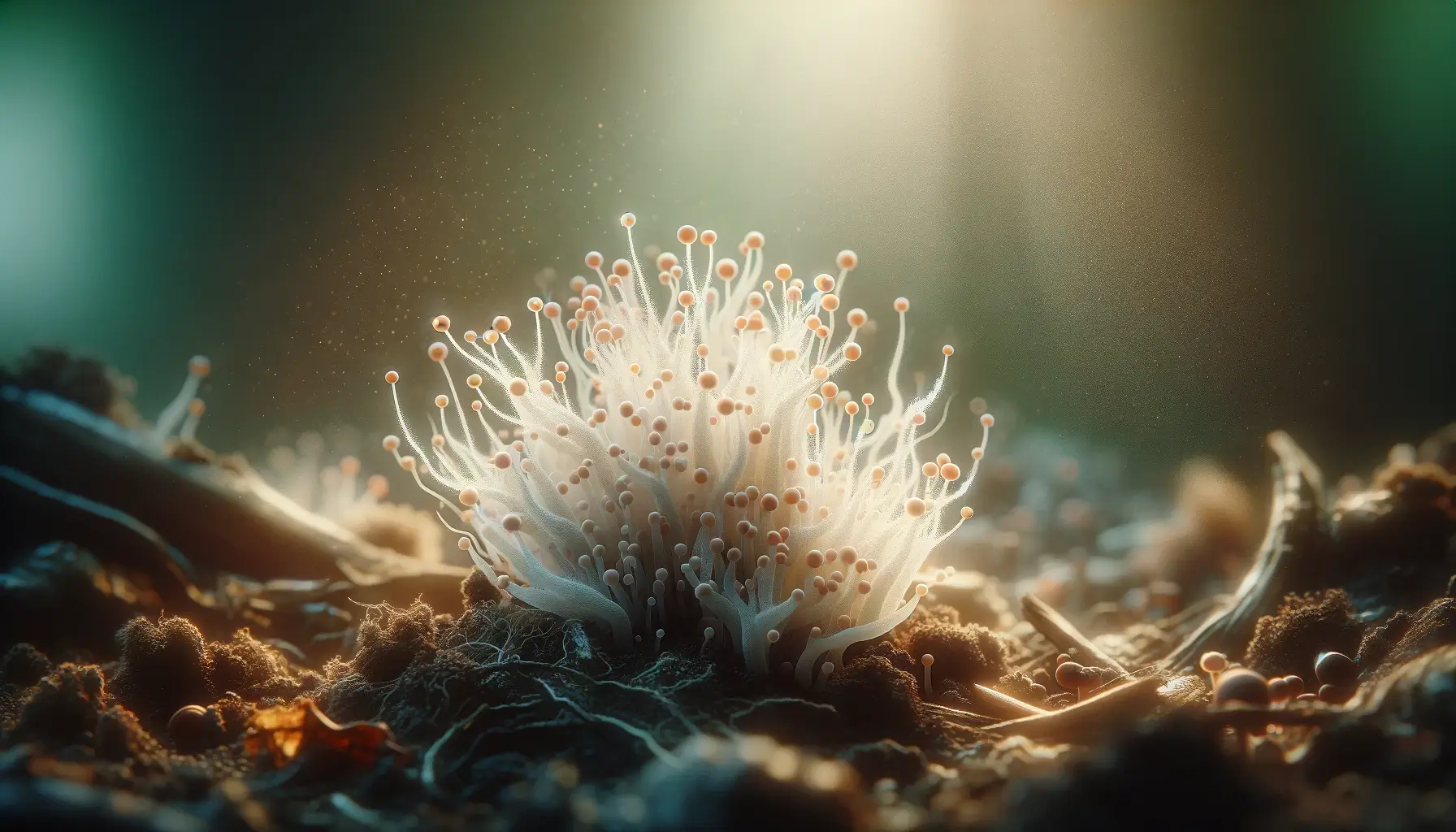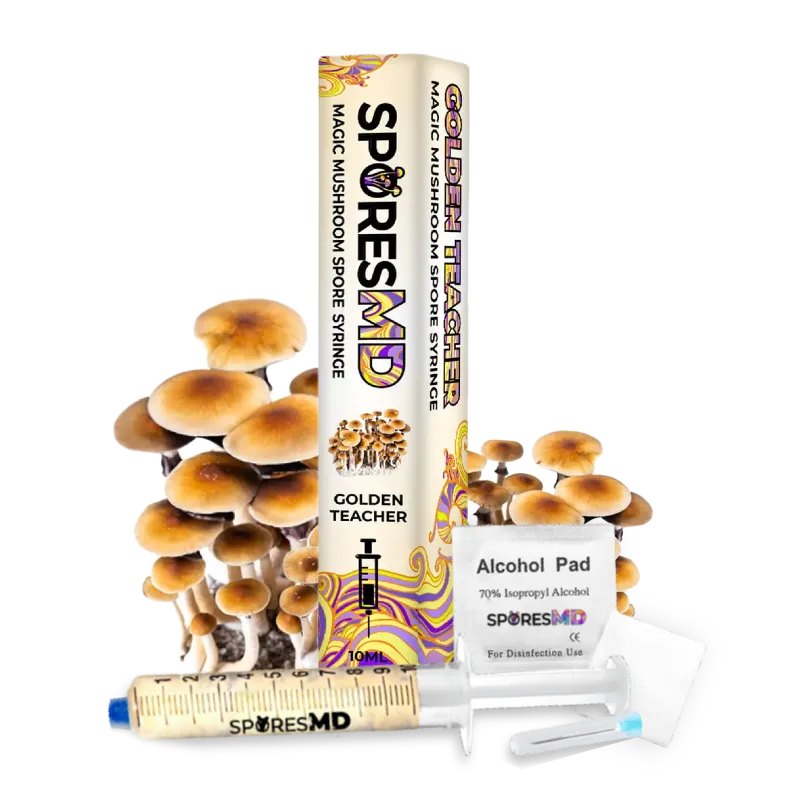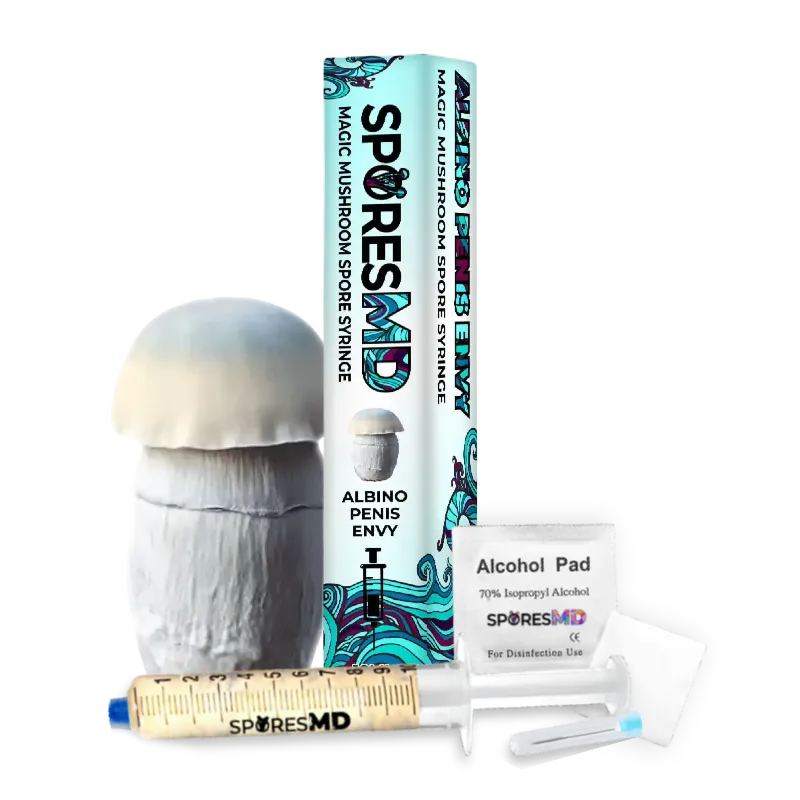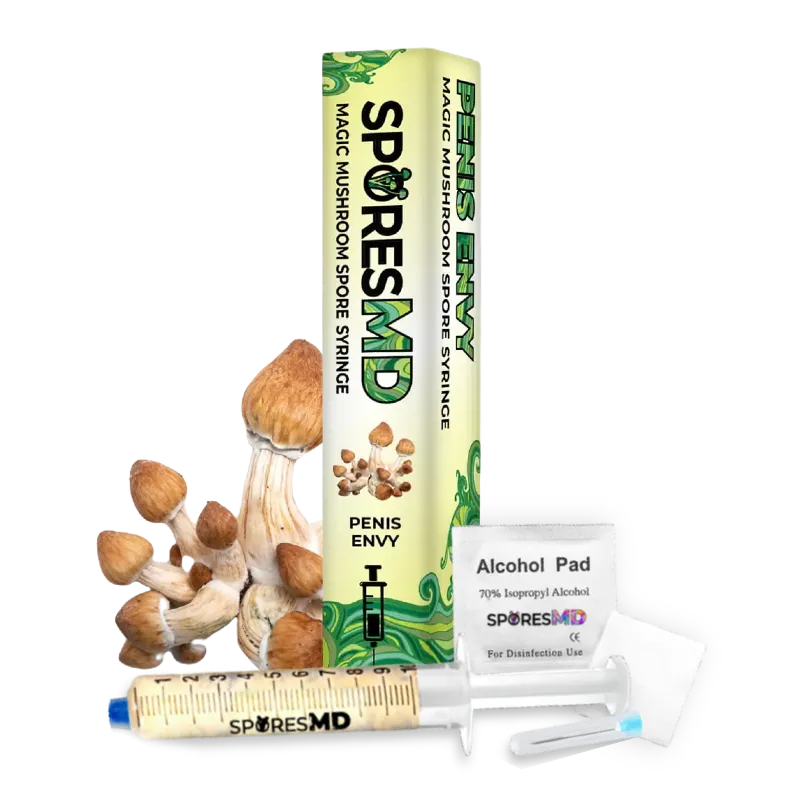Growing mycelium, the vegetative part of a fungus, is a captivating endeavor that has piqued the interest of both scientists and hobbyists for years. Understanding the timeline of mycelium growth is crucial, especially for those venturing into mushroom cultivation or biotechnological research. Each stage of growth holds its own mysteries, with the early days often requiring patience as progress is slow.
Typically, mycelium begins its journey with a gradual pace, taking about 7 to 8 days to show visible signs of development. This initial slow growth phase is crucial as the mycelium acclimates to its environment. Once it gains momentum, the expansion becomes more rapid, leading to full colonization of the substrate in approximately 16 to 19 days under ideal conditions. However, the timeline can vary significantly based on factors like the specific strain and environmental conditions, making each cultivation experience unique.
Comprehending Mycelium Growth
Understanding mycelium growth involves recognizing its various stages and the conditions that influence them. Growth begins slowly, but once conditions are favorable, it accelerates significantly.
The Stages of Growth
Mycelium experiences several growth stages during its life cycle. Initially, growth isn’t immediately visible as mycelium acclimates to its environment over the first 7 to 8 days. During this period, it’s establishing itself and preparing for more rapid development. Once settled, the mycelium enters an exponential growth phase. This marks the rapid expansion and colonization of the substrate, continuing until full colonization is achieved, typically within 16 to 19 days under optimal conditions. Patience is essential during the early slow growth phase, as it sets the stage for the more vigorous expansion that follows.
Elements Influencing Mycelium Growth
Mycelium growth depends on several key elements, which include strains and environmental factors. Understanding these can enhance cultivation strategies.
Strains and Environmental Factors
Strains play a critical role in mycelium growth. Different strains have unique rates, making strain selection important for targeted growth timelines. For instance, the pink oyster strain can colonize a substrate in 9-12 days.
Environmental factors like temperature and humidity also impact growth. Maintaining optimal levels can significantly enhance the development process. The substrate—whether soil, wood chips, or compost—affects expansion rates. Thus, selecting the right substrate for a chosen strain is essential.
These variables require meticulous control to optimize mycelium development. By managing these factors effectively, I can ensure a conducive environment that supports all growth phases.
Mycelium Cultivation: A Step-by-Step Guide
Creating an environment that supports mycelium growth is pivotal for successful cultivation. It involves strategic planning and execution to foster all growth phases.
- Choose the Right Strain: I start by selecting a strain (you can choose any strain from our spore syringes shop) that matches my objectives. Knowing that different strains have unique growth rates helps tailor the cultivation process to specific needs.
- Prepare the Substrate: Ensuring the substrate suits the chosen strain is key. I focus on using materials like compost or wood chips that support robust growth and facilitate the colonization process.
- Maintain Optimal Conditions: Maintaining temperature and humidity within optimal ranges is vital. Mycelium thrives between 72°F to 80°F (22°C to 27°C), underscoring the importance of climate control for maximum growth efficiency.
This guide highlights the significance of thorough preparation and precise environmental control, reinforcing the importance of each element in successful mycelium cultivation.
Uses for Mycelium
Mycelium serves diverse purposes beyond traditional mushroom cultivation. Its applications in biotechnology and sustainable materials showcase its wide-ranging potential.
- Biodegradable Packaging: As a natural alternative to plastics, mycelium offers an eco-friendly packaging solution.
- Building Materials: Mycelium can be used in sustainable construction to create materials with favorable strength and insulation properties.
- Medicinal Purposes: Leveraging its biochemical compounds, mycelium is explored for potential pharmaceutical applications.
These uses highlight mycelium’s adaptability and significance as a sustainable resource.
Obstacles in Mycelium Cultivation
Growing mycelium offers exciting possibilities but it’s not without challenges. Strain selection and environmental control are crucial yet can be tricky. Each strain has its own growth rate and environmental needs which means a one-size-fits-all approach won’t work. Temperature and humidity must be meticulously managed to ensure optimal conditions. Even slight deviations can hinder growth.
Substrate choice also plays a pivotal role. Not all substrates suit every strain so matching them correctly is essential for success. Additionally contamination remains a persistent threat. Maintaining sterile conditions is vital to prevent unwanted organisms from disrupting the cultivation process. By understanding these obstacles and planning strategically we can harness mycelium’s potential more effectively and explore its diverse applications with confidence.





